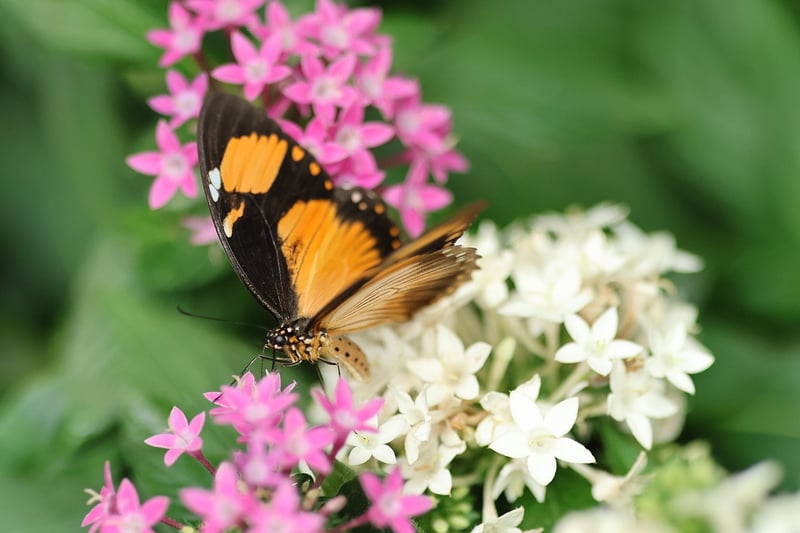Pollinator Habitats
Attracting Wildlife to Cities: Creating Pollinator Habitats
Urban areas are often seen as concrete jungles devoid of nature, but with a little effort, cities can become havens for wildlife, especially pollinators like bees and butterflies. Creating pollinator habitats in urban settings not only supports biodiversity but also enhances the beauty of the cityscape. Here are some tips on how to attract wildlife to cities through the establishment of pollinator-friendly environments.
1. Plant Native Flowers
Native plants are well-suited to the local climate and soil conditions, making them ideal choices for attracting local wildlife. Choose a variety of flowering plants that bloom at different times of the year to provide a continuous food source for pollinators.
2. Provide Water Sources
Set up bird baths, shallow dishes of water, or small ponds to offer drinking and bathing spots for wildlife. Bees and butterflies, in particular, need access to water to stay hydrated.
3. Create Sheltered Spaces
Include a mix of vegetation heights to create sheltered areas for wildlife to rest and seek refuge from predators. Trees, shrubs, and tall grasses can all provide valuable cover for birds and insects.
4. Avoid Pesticides
Chemical pesticides can harm pollinators and other beneficial insects. Instead, opt for natural pest control methods like companion planting or handpicking pests to protect wildlife in your pollinator habitat.
5. Educate the Community
Engage with your local community to raise awareness about the importance of pollinators and the role they play in urban ecosystems. Encourage others to create their own pollinator habitats and join in the effort to support wildlife in cities.
6. Maintenance is Key
Regular maintenance of your pollinator habitat is crucial to ensure its long-term success. Keep an eye on plant health, water sources, and overall habitat conditions to provide a thriving environment for wildlife.
Conclusion
By incorporating these practices, you can transform your city into a welcoming environment for wildlife, particularly pollinators. Creating pollinator habitats not only benefits the local ecosystem but also allows city dwellers to connect with nature in their everyday surroundings. Start small in your own backyard or community garden and watch as bees, butterflies, and other wildlife flock to your pollinator-friendly oasis.

For more inspiration on attracting wildlife to cities and creating pollinator habitats, visit National Wildlife Federation's Certified Wildlife Habitat Program.
